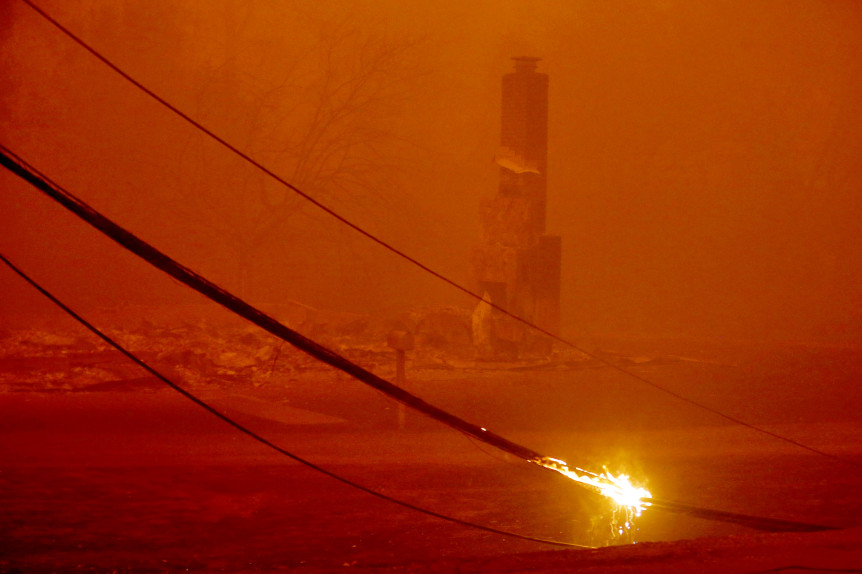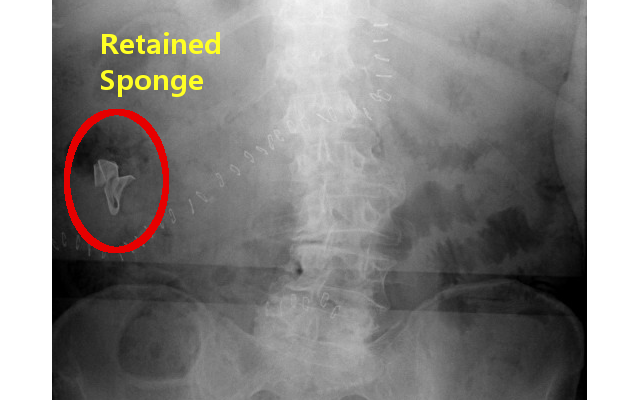What is an HRO?
Research by a variety of experts, including Karl Weick, Kathleen Sutcliffe, and Karleen Roberts amongst others has driven the evolution of our understanding over 3 decades. Here is a current definition to work from:
A High Reliability Organization (HRO) functions with systems and people in place that are exceptionally consistent in accomplishing their goals and avoiding potentially catastrophic errors. HROs find it essential to identify weak danger signals and to respond to these signals strongly so that system functioning can be maintained, critical risks avoided, and errors have less opportunity to snowball into a crisis.
That’s seems reasonably specific. So now let’s break it down into constituent parts and take a look at those.
“Organization” – Now “organization” can be pretty broadly interpreted. It could include a product department, a division, a company, even an industry as the organization in question. One term that groups these various options together is “team”. At the heart of high reliability is a team, working together to succeed.
“functions with systems and people in place” – HRO is not an adhoc, “seat of the pants” methodology. It calls for creating and maintaining established processes and procedures that detail the work involved, and which, themselves are formalized, reviewed, revised and measured. It is operated by members of a team, or teams, with defined roles who are trained in both the systems they have created, as well as the use, and methodology of HRO.
“exceptionally consistent in accomplishing their goals”- High Reliability companies operate with metrics, measurement, and analysis. They incorporate tools from across disciplines to understand the nature of their work. Many of these tools provide anticipatory information that HRO’s use to gauge the potential for an issue. In situations were an error has escaped, other tools are used to understand why the mistake occurred and identify ways to reduce or eliminate that potential in the future.
“avoiding potentially catastrophic errors” – High Reliability outcomes can only happen with clear, transparent, fact-based, communication. Without question. Also without hierarchy, egos, silos, throttling, or favoritism. To avoid errors, data and information must flow without obstruction or limits. Often the person most likely to recognize the potential for error is (1) at the lowest levels of the organization, (2) in non HRO environments least likely to be part of the communication pipeline, and (3) most likely to have a timely solution to avoid or limit the error.
“essential to identify weak danger signals” – at its foundation High Reliability is all about “risk”; defining it, managing it, understanding it, or in other words “fully embracing it”. This depth of knowing leads to creating policies, programs, processes and people that look for, recognize, and react to risk as a first order of business… always. This consistency in recognizing risk results in consistent outcomes at levels that non-High Reliability searching companies cannot attain. They have too much variability to deal with.
“respond to these signals strongly so that system functioning can be maintained, critical risks avoided” – identifying risk is important, but it is the response that determines the eventual success or failure of an HRO system. Deliberate, direct, and decisive actions ensure that operational execution continues, perhaps in a limited or altered state for a known time. Early identification and response directly reduce the opportunity of a more serious error, or escape, to occur.
“less opportunity to snowball into a crisis” – ultimately, accidents happen. Errors are made. No matter the level of reliability there is always the opportunity for problems. This is the nature of risk. By their very operating premise, HRO’s are preoccupied with problems. This means that when escapes do happen, they are often caught much sooner than in non HRO environments. Information on the cause is available sooner. Possible solutions are developed sooner. Return to S.O.P. happens sooner. Early reactions reduce impact. Reducing impact can turn a full blown external crisis into a short lived internal emergency
Check out my podcast Practical HRO: Optimizing Risk Management Using High Reliability Organizing for a deeper dive into the definition of HRO and the HRO framework.




